-
Previous
The salvaged fifth and sixth Galileo satellites to start sending test signals
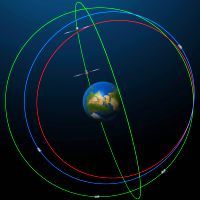
-
Next
China launched its third BeiDou satellite this year
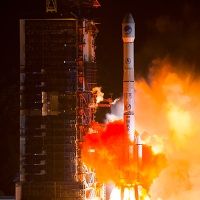
Eutelsat launched a communication satellite equipped with a Wide Area Augmentation System (WAAS) payload
Eutelsat, a French-based communication satellite operator, launched the Eutelsat 117 West B communication satellite on a Falcon 9 rocket made by Space Exploration Technologies (SpaceX) at Cape Canaveral Air Force Station in Florida, the United States at 10:29 on June 15 local time (23:29 JST).
This simultaneous launch of two satellites also included ABS-2B, a communication satellite for Asia Broadcast Satellite (ABS), a Chinese satellite operator based in Bermuda. Both were put onto the prescribed transfer orbit, making the launch a success.

Launch on a Falcon 9 rocket (image provided by: SpaceX)
Eutelsat 117 West B contains 48 transponders for communication and broadcasting in the Central America, South America, and Caribbean region, and is also equipped with a Wide Area Augmentation System (WAAS) payload for Raytheon, an American company. WAAS is a type of Satellite-Based Augmentation System (SBAS). This service by the American Federal Aviation Administration (FAA) sends signals to improve GPS positioning accuracy from several dozens of meters to one to two meters. It covers a wide area including Alaska, Canada, the North American continent, Mexico, and Puerto Rico, helping to improve aerial safety through enhanced positioning accuracy.
Eutelsat 117 West B is a fully electrically propelled satellite equipped with an electric propulsion system that uses an ion engine. Approximately seven months will be spent transferring it to a geostationary orbit (GEO), using only electric power, and operations will begin next year (2017).
Links
-
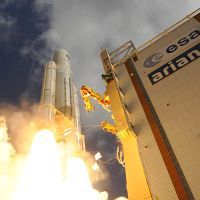 Nov.20,2016
Nov.20,2016The first simultaneous launch of four Galileo European positioning satellites was successful
-
 Aug.18,2016
Aug.18,2016The salvaged fifth and sixth Galileo satellites to start sending test signals
-
 Jun.16,2016
Jun.16,2016China launched its third BeiDou satellite this year
-
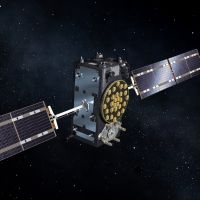 Jun.08,2016
Jun.08,2016The GSA will establish the Galileo Reference Centre in the Netherlands
-
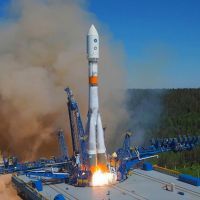 Jun.01,2016
Jun.01,2016Russian positioning satellite GLONASS-M was successfully launched on May 29
-
 May.28,2016
May.28,2016The thirteenth and fourteenth Galileo European positioning satellites were successfully launched
-
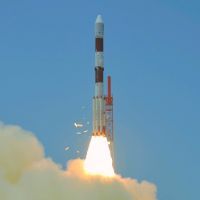 May.02,2016
May.02,2016IRNSS-1G was successfully launched, completing the Indian Regional Navigational Satellite System
-
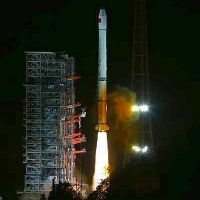 Apr.03,2016
Apr.03,2016China launched its twenty-second BeiDou satellite on March 30
-
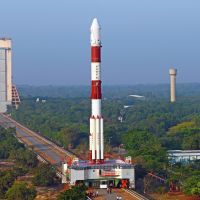 Mar.12,2016
Mar.12,2016Indian positioning satellite IRNSS-1F was successfully launched on March 10
-
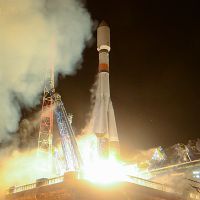 Feb.14,2016
Feb.14,2016Russian positioning satellite GLONASS-M was successfully launched on February 7
-
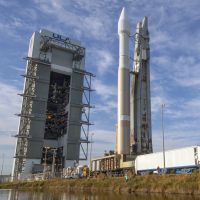 Feb.12,2016
Feb.12,2016GPS IIF-12 satellite was successfully launched on February 5
-
 Feb.11,2016
Feb.11,2016China launched its twenty-first BeiDou satellite on February 1
-
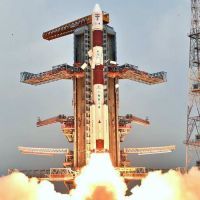 Jan.25,2016
Jan.25,2016Successful launch of the Indian IRNSS-1E positioning satellite
-
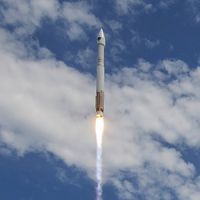 Jan.10,2016
Jan.10,2016Fifteen positioning satellites were launched in 2015
-
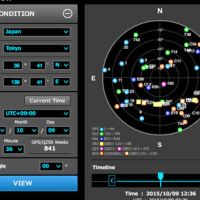 Jan.05,2016
Jan.05,2016The latest version (ver.2.0) of GNSS View
-
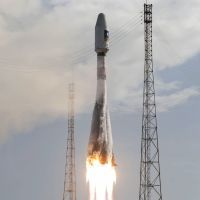 Dec.21,2015
Dec.21,2015Galileo 11 and 12 satellites were successfully launched on December 17
-
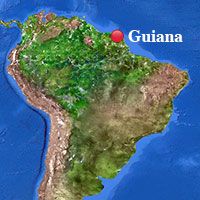 Nov.26,2015
Nov.26,2015Launch of Indian satellite GSAT-15 in the GAGAN system
-
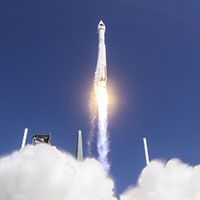 Nov.02,2015
Nov.02,2015GPS IIF-11 satellite was successfully launched on an Atlas V rocket
-
 Oct.05,2015
Oct.05,2015China launched its twentieth BeiDou satellite on September 30
-
 Sep.16,2015
Sep.16,2015Two Galileo satellites were successfully launched
-
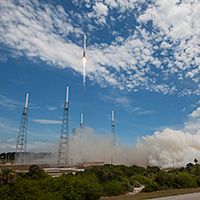 Aug.14,2015
Aug.14,2015GPS IIF-10 was successfully launched by the U.S., and two BeiDou satellites were successfully launched by China


